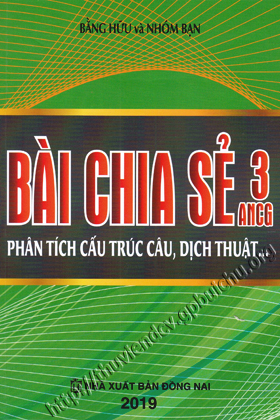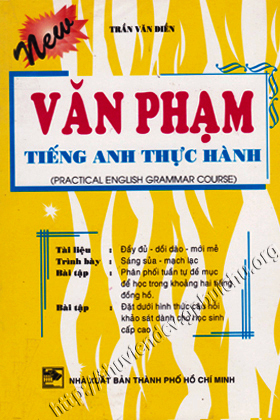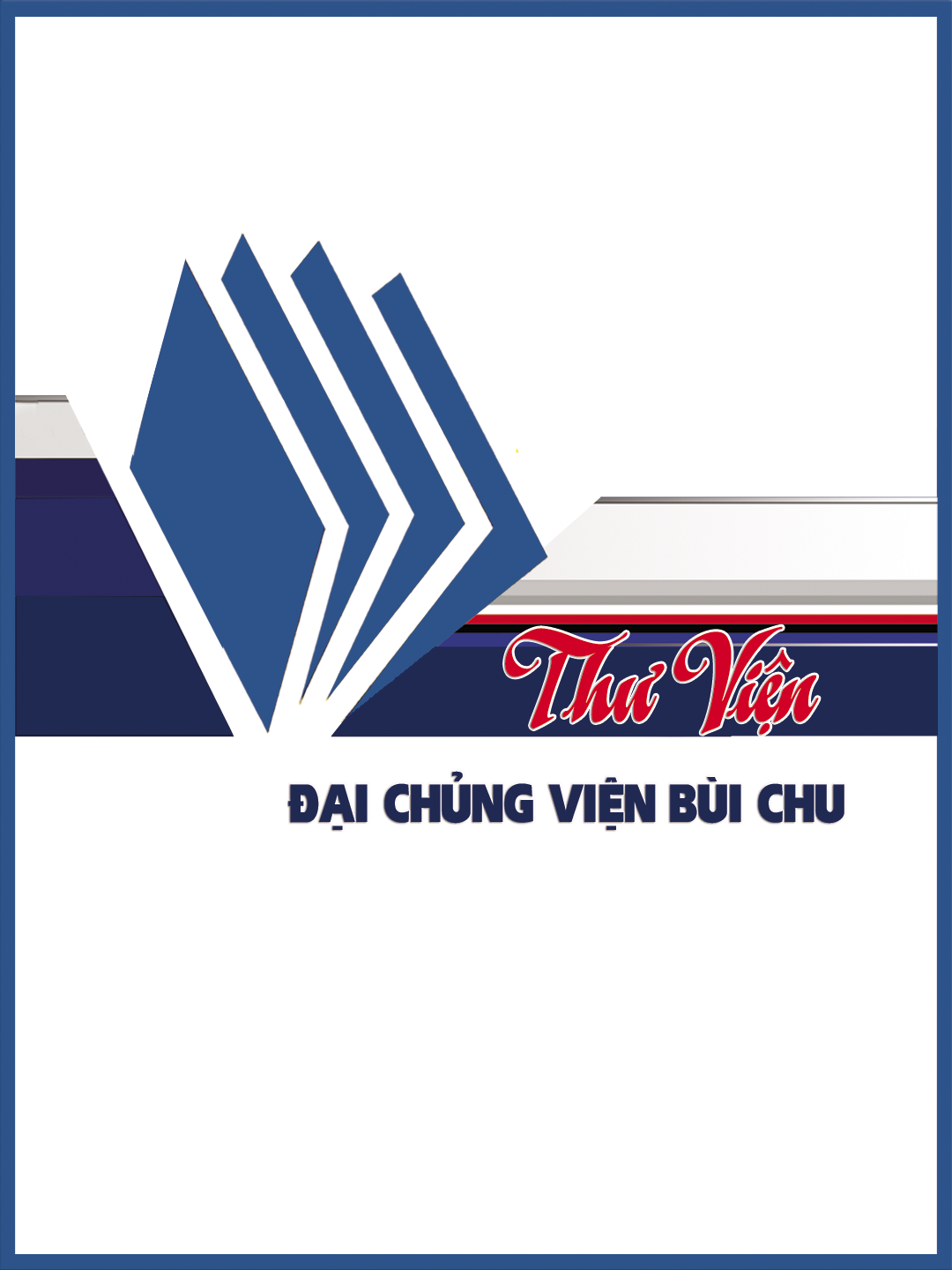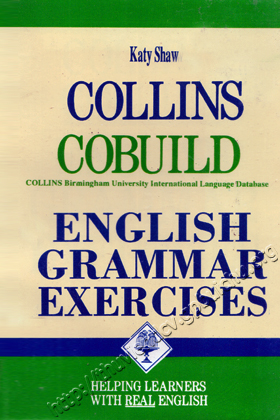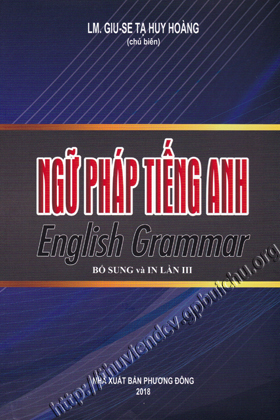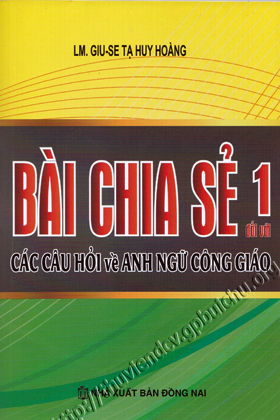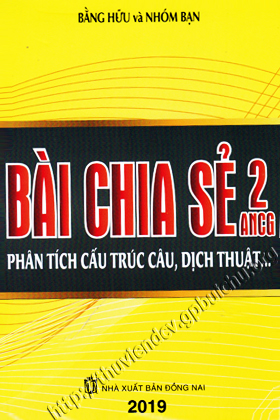| Chapter Two |
|
| A VIEWOF COLLABORATION INMISSIONAND DIVERSIFYING MINISTRY |
|
| Introduction |
227 |
| The Fundamentality and Mission of Catholicity as a Call to Pastoral Collaboration |
229 |
| Catholicity through Mission as an Answer to Pastoral Col-laboration |
242 |
| Some Practical Ideas about Ministry in Collaboration |
255 |
| Diversiíying Ministry |
257 |
| Lay Ministry and spirituality |
264 |
| Conclusion |
271 |
| Chapter Three |
|
| THE PARTICIPATIVE PASTOR-CENTERED MODEL: STRENGTHENING THE PARISH PASTORAL COUNCIL |
| Introduction |
273 |
| Retaining the Canonical and Pastoral Responsibilitics while Distributing Authority |
274 |
| Scriptural and Service Themes |
281 |
| Opportunities for Lay Participation |
289 |
| The Diocesan Bishop Acting like the Subject |
293 |
| The Parish Priest Acting like the Main Verb |
294 |
| The Assistants (Priest / Deacon / Religious / Layperson) |
294 |
| The Parish Pastoral Council Acting like the Direct Object |
294 |
| The Parish Finance Council Acting like the Indirect Object |
295 |
| The Sub-Parishes Acting like the Participles |
295 |
| All the Associations of the Parish Acting like the Adver-bial Phrases or Clauses |
295 |
| The Parish Council |
296 |
| Ban Thánh Nhạc (Sacred Music Committee) |
297 |
| Gia đình Phạt Tạ (Phạt Tạ Family) |
298 |
| Gia đình Thánh Tâm (Family of the Sacred Heart) |
298 |
| Ban Giúp Lễ (Altar Servers) |
298 |
| Thừa Tác Viên (Ministers) |
299 |
| Ban Khánh Tiết (Church Decorating Committee) |
300 |
| Thanh Sinh Công (Parish Fellowship / Catholic Youth Organization, CYO) |
300 |
| Ban Xã Hội (Social Activities) |
301 |
| Nhóm Chia sẻ Lời Chúa (Bible Prayer Group) |
301 |
| Ban Phụng Vụ (Liturgy Committee) |
301 |
| Thiếu Nhi Thánh Thể (Eucharistic Youth Organization, EYO) |
305 |
| Gia Đình Giáo Lý (Family of Catechism) |
305 |
| Nhóm Tu Sĩ Giúp Tân Tòng (Religious Group) |
306 |
| Nhóm Chăm Sóc Mục Vụ cho Người Bệnh / Legio Mariae (Pastoral Care to the Homebound and Infirm, PCHI /Legio Mariae) |
307 |
| Hiệp Hội Thánh Mẫu (Marian Association) |
307 |
| Chương Trình Trở về Nhà / Tình Nguyện Viên (Come-Home Program, CHP / Volunteers) |
308 |
| Ban Công Lý và Hoà Bình / Hội Các Bà Mẹ Công Giáo, Hội Gia Trưởng, Cursillo (Social Justice Committee, SJC /Catholic Mothers, Family Leaders, Cursillo) |
308 |
| Ban Thông Tin (Communications Committee, CC) |
309 |
| Nhóm Đem Tiền Thau (Collection Counters) |
309 |
| Conclusion |
310 |
| Chapter Three Appendices |
312 |
| Chapter Three Appendix A: An English Sentence Struc-ture |
313 |
| Chapter Three Appendix B: The Participative Pastor-Centered Model 1 |
314 |
| Chapter Three Appendix C: The Participative Pastor-Cen-tered Model 2 |
315 |
| Chapter Three Appendix D |
316 |
| Characteristics |
316 |
| Authorities |
316 |
| Organizational Structure |
317 |
| Goals and Duties |
318 |
| Election Method |
318 |
| Chapter Three Appendix E |
319 |
| Chapter Four |
|
| DESIGN AND IMPLEMENTATION |
|
| Introduction |
323 |
| Format and Content of the Training Program |
324 |
| Purpose of the Training Program |
324 |
| Commitments of the Participants |
324 |
| General Outline for the Twenty-four Sessions |
325 |
| Contribution to Ministry |
327 |
| Confidentiality |
328 |
| Consent Form |
328 |
| Description of the Twenty-Four Sessions |
|
| Specific Outline for Session I (Retreat) |
330 |
| Specific Outline for Session II (Seminar) |
332 |
| Specific Outline for Session III (Seminar) |
334 |
| Specific Outline for Session IV-XXII (Interviews) |
335 |
| Specific Outline for Session XXIII (Evaluations) |
336 |
| Specific Outline for Session xxrv (Mass of Thanks- giving) |
338 |
| Explanation of the Methodology for Evaluations |
|
| Regarding the Questionnaires, Interviews, Diagrams, Groups |
339 |
| The Questionnaires for the First and Last Evaluations |
339 |
| The Interview Template for Individual Meetings |
341 |
| Diagrams |
341 |
| Groups |
342 |
| Regarding the Evaluation of the Observer |
343 |
| Regarding the Selí-Assessment of the Facilitator |
344 |
| Brief Reports on the Context and Process of the Imple-mented Sessions |
345 |
| Session I: Retreat to Review the Ideals of Pastoral Service |
345 |
| Session II: Seminar on Searching for an Appropriate Model for the Parish Council |
348 |
| Session III: Seminar on Specific Training for the Parti-cipants |
352 |
| Sessions IV-XXII: Individual Meetings with the Facili- tator |
355 |
| Session XXIII |
365 |
| Session XXIV |
368 |
| Conclusion |
371 |
| Chapter Four Appendices |
372 |
| Appendix A: Registration and Process of Interviews |
346 |
| Appendix B: Time and Dates of Interviews |
346 |
| Chapter Five |
|
| EVALUATIONS |
|
| Introduction |
372 |
| The First and Last Evaluations |
374 |
| Individual Evaluations |
375 |
| Group Evaluations: Duties and Responsibilities of the Ordained |
396 |
| Oliservations and Comments |
396 |
| Duties and Responsibilities of the Non-Ordained |
397 |
| Observations and Comments |
397 |
| Collaboration Between the Ordained and Non-Ordained: Observations and Comments |
398 |
| Comments Regarding Strengths and Weaknesses of the |
399 |
| Facilitator: Observations and Comments |
399 |
| General Observations through Summaries |
403 |
| Summary of Scores on the Duties and Responsibilities of the Ordained (S1-S6) |
403 |
| Summary of Scores on the Duties and Responsibilities of the Non-Ordained (S7-S12) |
403 |
| Summary of Scores on the Collaboration Between the Ordained and Non-Ordained (S13-S18) |
404 |
| Summary of Scores of All Eighteen Statements (S1-S18) |
404 |
| Summary of Scored Averages of All Eighteen Statements (S1-S18) |
404 |
| Summary of Comparisons of Group Responses |
404 |
| Summary of Strengths and Weaknesses of the Facilitatoi (Q19-Q20) |
404 |
| Evaluation of the Observer |
405 |
| Self-Assessment of the Facilitator |
406 |
| Conclusion |
411 |
| Chapter Five Appendices |
413 |
| VIETNAMESE INSTITUTE 0F PHILOSOPHY AND RELIGION |
|
| Phụ trương 1: TRẢ LỜI NHỮNG CÂU HỎI TRONG LỚP NCB-STL |
|
| Dẫn vào |
416 |
| Logical analysis of the sentence “S1” |
416 |
| Cách trả lời cho những câu hỏi |
418 |
| Liên từ “for” và liên từ “since” đều đứng đầu mệnh đề. Vậy chúng có thể thay thế cho nhau được không? |
418 |
| "Who is to shepherd my people Israel. Xin Cha giải thích “to” đứng sau động từ “to be” có chức năng và ý nghĩa như thế nào? |
418 |
| Mệnh đề tính ngữ “who is to shepherd my people Israel” có chức năng bổ nghĩa cho “ruler”. tại sao có dấu phẩy giữa "a ruler" và "who"? |
418 |
| “by no means” là cụm phó từ, bổ nghĩa cho “are”; cụm phó từ này có thể đứng ở vị trí khác được không? |
418 |
| "(and you) are by no means least among the rulers of Judah";nếu đây là dạng so sánh bậc nhất, tại sao không có “the” đứng trước “least”? |
419 |
| Cấu trúc “5 tầng” làm sáng tỏ “Sentence I”; liệu có thể có hơn ‘‘five finite verbs"? |
419 |
| Tiếng Anh thường dùng "what/who” để xác định chủ ngữ; vậy có được phép sử dụng "when/where/how...” để xác định chủ ngữ không? |
419 |
| Xin chỉ dạy bí quyết để nhận ra đâu là mệnh đề danh từ, mệnh đề tính từ và mệnh đề phó từ? |
419 |
| Xin giúp chỉ cách tìm ra các thành ngữ trong câu và cách đọc hiểu dưới dạng phân tích được không? |
420 |
| Mệnh đề chính có luôn phải đứng đầu câu hay không? |
422 |
| Với câu đã được phân tích,có thể viết câu này ra cách đơn giản bằng những câu đơn khác mà vẫn đảm bảo ngữ nghĩa trong câu? |
423 |
| Phụ trương 2: VAI TRÒ CỦA NGÔN NGỮ TÔI YÊU TIẾNG VIỆT |
|
| Vai trò của ngôn ngữ |
424 |
| Sứ mệnh của khoa ngôn ngữ |
426 |
| Tôi yêu tiếng Việt |
427 |
| Mục lục |
429 |
